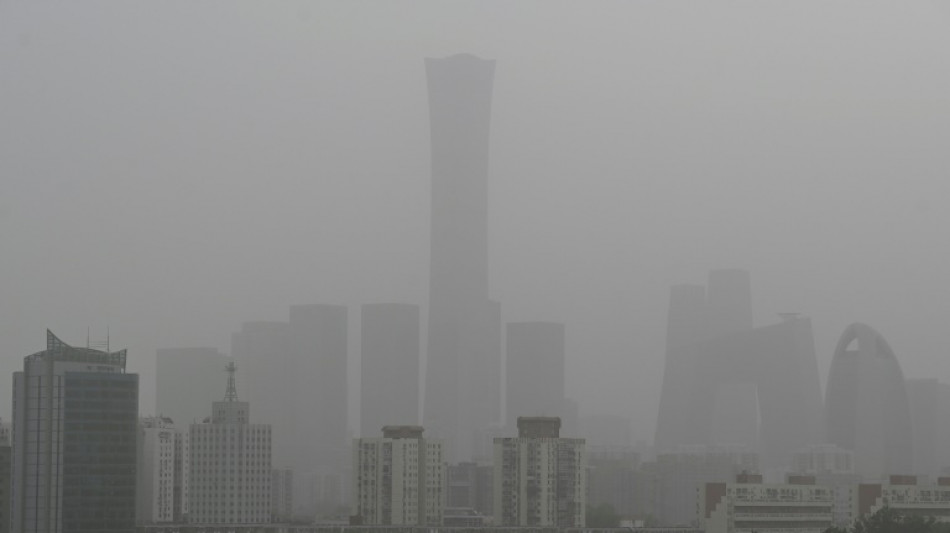
RBGPF
0.8500


China's air pollution worsened in 2023, the first time it has done so in a decade, a study released on Friday said.
"2023 is the first year that China's national average PM2.5 level has increased year-on-year since the beginning of China's 'war on pollution' in 2013," a study by independent research organisation the Centre for Research on Energy and Clean Air (CREA) said.
PM2.5 particles, if inhaled, can have serious health risks, linked to premature deaths in people with heart or lung disease, as well as a host of breathing and other health issues, according to the US Environmental Protection Agency.
"The overall increase in human-caused emissions has pushed the pollution level higher, in addition to unfavourable weather conditions," CREA said.
An international consortium of climate scientists said earlier this month in a separate study that China is expected to see a four percent rise in fossil fuel CO2 emissions this year, with increases in coal, oil and gas as the country continues to rebound from its Covid-19 lockdowns.
Chinese cities including the capital Beijing were once infamous for the thick smog that smothered their residents, especially in winter.
But the country ramped up its anti-pollution campaign after winning the Winter Olympics bid in 2015, shutting down dozens of coal plants and relocating heavy industries.
That has brought significant improvements, but air quality often remains below World Health Organization standards.
- Higher emissions -
CREA said on Friday that 80 percent of provincial capitals, including Beijing, recorded increased PM2.5 levels in 2023 compared to a year ago.
"Coal production and thermal power production in areas where the PM2.5 standard was not met have increased by 4.4 percent and 4.3 percent, respectively, on year, indicating a larger use of fossil energy," the Finland-based independent research organisation said.
CREA based its findings on Chinese government data, as well as a machine-learning algorithm that distinguished between the impact of weather and human emissions.
A wave of severe pollution hit northern China in late October and November, with authorities warning residents to avoid outdoor activities.
Beijing's concentrations of hazardous PM 2.5 particles were more than 20 times higher than World Health Organisation guidelines during that period, according to air quality monitoring firm IQAir.
China is the world's biggest emitter of the greenhouse gases driving climate change, such as carbon dioxide.
A recent jump in approvals for coal-fired power plants has added to concerns that China will backtrack on its goals to peak emissions between 2026 and 2030 and become carbon-neutral by 2060.
(H.Schneide--BBZ)